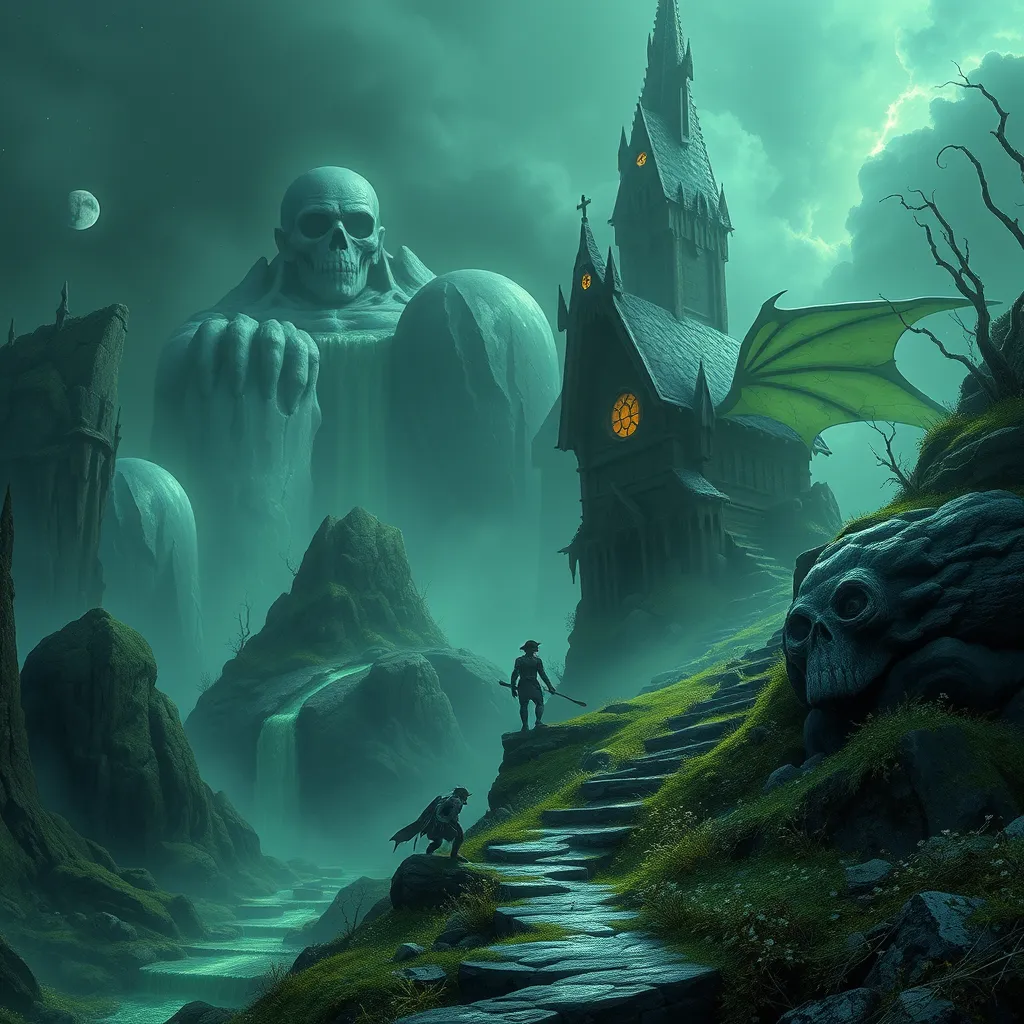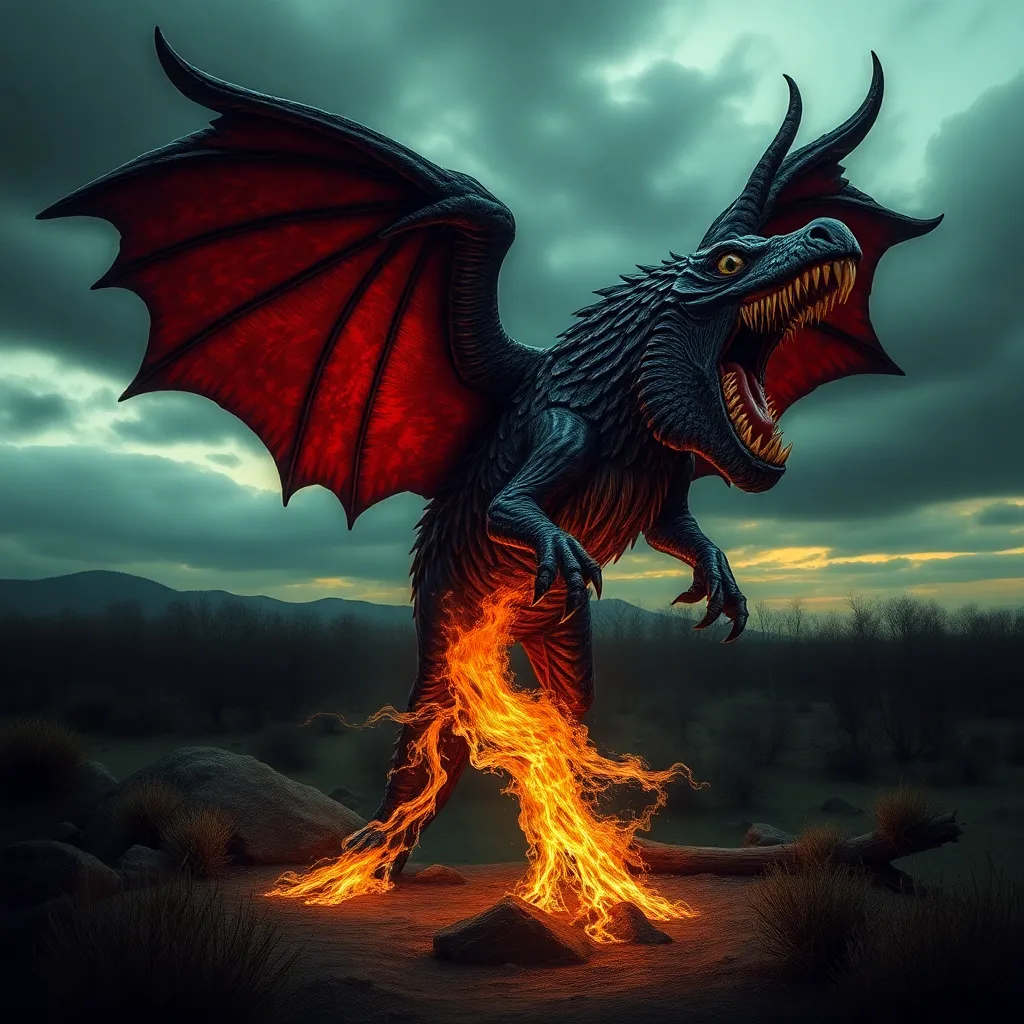Goblin Music: Exploring the Soundscapes of the Goblin World
I. Introduction to Goblin Music
Goblin music, a unique and often enchanting aspect of folklore, holds significant cultural and narrative importance within various mythologies and fantasy realms. Defined as the musical expressions associated with goblins—mischievous creatures often depicted in literature and media—this genre encompasses a wide array of sounds, themes, and instruments that reflect the essence of goblin culture.
The goblin world is rich with its own traditions, beliefs, and societal structures, often portrayed as a parallel to human societies, yet infused with a sense of whimsy and chaos. This article aims to explore the distinct soundscapes of goblin music, delving into its historical roots, instruments, thematic elements, regional variations, representation in popular culture, and its future.
II. Historical Roots of Goblin Music
The origins of goblin music can be traced back to ancient mythologies and folklore where these creatures first emerged. In many cultures, goblins are associated with mischief and trickery, often reflected in their musical styles.
- Ancient Origins: Early references to goblin-like beings appear in European folklore, with music often used as a tool for enchantment or deception.
- Evolution: As cultures evolved, so did the representation of goblins and their music, adapting to various societal norms and artistic expressions.
- Influence on Modern Fantasy: The portrayal of goblin music has significantly influenced contemporary fantasy genres, inspiring soundtracks and musical motifs in films, games, and literature.
III. Instruments of the Goblin World
Goblin music is characterized by its distinctive instruments, often crafted from natural materials found in their environments. These instruments produce unique sounds that evoke the whimsical and sometimes eerie nature of goblin folklore.
A. Traditional Goblin Instruments
- Goblin Flute: Made from hollowed reeds, this instrument produces a high-pitched, airy sound that mimics the sounds of nature.
- Drums of the Deep: Crafted from animal hides and hollowed logs, goblin drums create deep, resonating beats that can be felt as much as heard.
- Rattle Shakers: Utilizing seeds or stones in hollowed gourds, these instruments add a percussive element that enhances the rhythmic complexities of goblin music.
These instruments, while unique, can be compared to human musical instruments like flutes, drums, and shakers, which serve similar functions in engaging audiences and conveying emotions.
IV. Thematic Elements in Goblin Music
Goblin music is rich in thematic elements, often revolving around common motifs found in folklore.
A. Common Themes
- Mischief and Trickery: Many goblin songs narrate tales of cunning and cleverness, showcasing their playful nature.
- Nature and the Wild: Goblins often sing about their connection to the natural world, celebrating the forests, rivers, and mountains they inhabit.
- Community and Celebration: Music plays a vital role in goblin gatherings, with songs that promote unity and joy.
Storytelling is an integral part of goblin music, with songs often containing narratives that impart wisdom or cautionary tales. The emotional and psychological impact of these songs can range from joy and celebration to fear and unease, effectively engaging listeners on multiple levels.
V. Regional Variations in Goblin Music
Just as goblins vary from one fantasy setting to another, so does their music. Regional variations reflect the environmental influences and cultural contexts of goblin communities.
A. Differences Across Settings
- Forest Goblins: Their music features earthy tones and natural sounds, often imitating the calls of animals and the rustling of leaves.
- Cave Goblins: Music from these goblins is characterized by deep, echoing sounds, utilizing drums and resonant instruments to create a haunting atmosphere.
- Urban Goblins: In contrast, urban goblins may incorporate more metallic sounds and rhythms, reflecting the influence of human culture and technology.
Notable goblin musicians, both fictional and in modern fantasy, often embody these variations, contributing to the rich tapestry of goblin music.
VI. Goblin Music in Popular Culture
Goblin music has found its way into popular culture, particularly in literature, film, and gaming, where it plays a significant role in shaping the narrative and emotional landscape.
A. Representation in Literature and Film
Books and movies often depict goblins with their unique musical styles, enhancing scenes of revelry or mischief. Iconic examples can be found in works such as:
- The Hobbit: The songs sung by goblins in the Misty Mountains add depth to their characterizations.
- Harry Potter: Goblin music is subtly referenced, adding layers to the magical world.
B. Role in Gaming and Interactive Media
In video games, goblin music enhances the immersive experience, often used to set the tone for quests or battles. Popular games featuring goblin music include:
- World of Warcraft: The soundtracks often feature goblin-inspired themes during quests in goblin territories.
- Skyrim: Goblin encounters are accompanied by unique musical motifs that enhance the atmosphere.
VII. The Future of Goblin Music
As with any musical genre, goblin music is evolving. Trends and innovations are emerging, driven by technological advancements and cross-cultural exchanges.
A. Trends and Innovations
Contemporary goblin music may incorporate digital elements and modern production techniques, blending traditional sounds with electronic influences.
B. Impact of Technology
Technology allows for greater accessibility and distribution of goblin music, enabling artists to reach broader audiences and collaborate across cultures.
C. Cross-Cultural Collaborations
The potential for fusion genres is vast, with artists from different musical backgrounds exploring new ways to incorporate goblin themes and sounds into their work.
VIII. Conclusion
Goblin music serves as a vital component of cultural narratives across fantasy genres, providing insight into the lives and traditions of these whimsical creatures. Its unique soundscapes invite exploration and appreciation, encouraging listeners to delve deeper into the enchanting world of goblins.
As we continue to celebrate and innovate within this genre, the enduring legacy of goblin music will undoubtedly inspire future generations, enriching the tapestry of fantasy storytelling.



